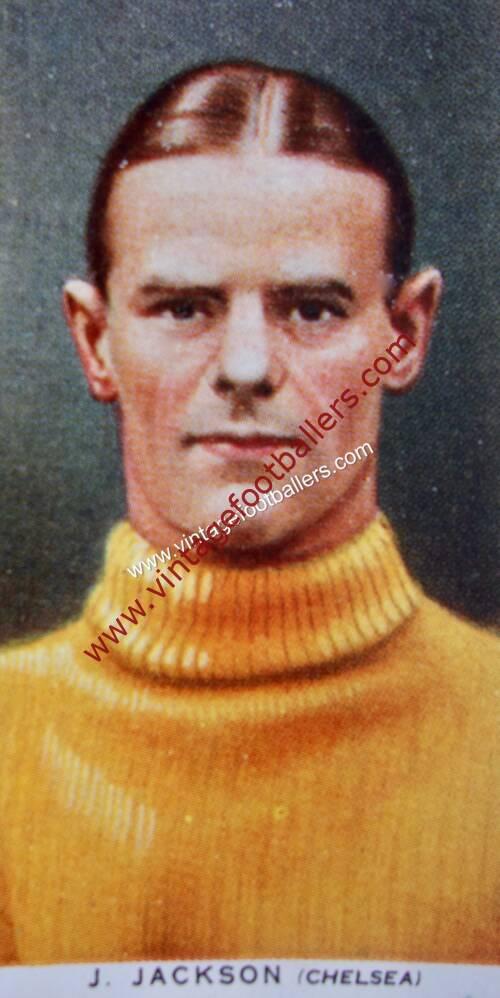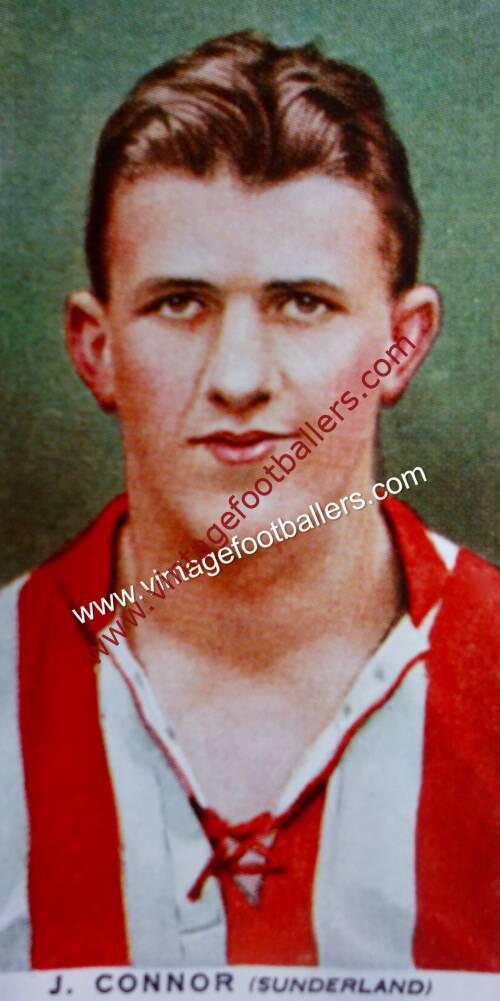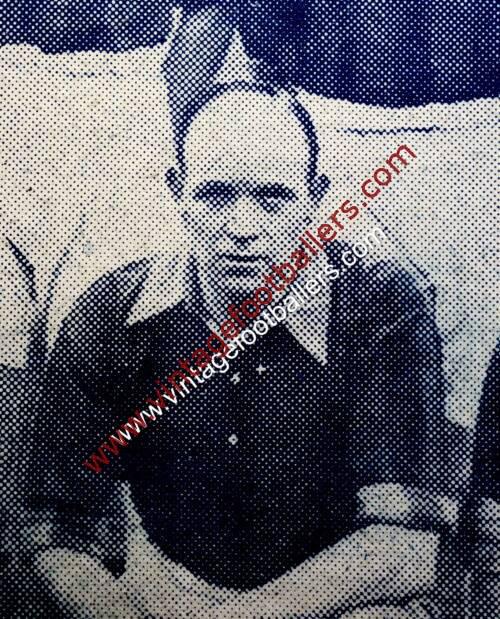Please choose your photo size from the drop down menu below.
If you wish your photo to be framed please select Yes.
Note: 16″x 20″not available in a frame.
Images can also be added to accessories. To order please follow these links
£8.95 – £49.95
Please choose your photo size from the drop down menu below.
If you wish your photo to be framed please select Yes.
Note: 16″x 20″not available in a frame.
Images can also be added to accessories. To order please follow these links
Port Glasgow born centre half John McMaster began his football career with Clydebank Juniors from where he was signed by Glasgow Celtic in May 1913, and was part of Celtic’s Scottish Cup winning side in 1914 when they beat Hibernian 4-1 in a replay at Ibrox Park to complete the double with the Scottish League which they won that season and in 1914-15. Selected for Glasgow FA’s annual challenge match against Sheffield in 1914
His Celtic career was interrupted by the First World War despite McMaster originally being passed up due to a partial deafness. The Army took him onto the Motor Transport Section of The Royal Army Service Corps, and during the War he was loaned to Fulham and Birmingham among others. Johnny McMaster however loved to play for Celtic and took every possible opportunity to return to Parkhead. He did play for Celtic during the War for season 1914-15 and 1915-16 when Celtic again won the Scottish League title, but then the war effort took over.
Wounded in France in 1918, he recovered to to resume his football career, first returning to play for Celtic in a 1-1 draw with Ayr United in November 1919. He regained his regular place and won The Scottish League a final time in 1921-22 but began to lose his first team place in 1922-23 with McStay brothers and John McFarlane preferred, and only played sporadically that season before being released in 1923 after 6 goals in 218 appearances for Celtic, when he signed for Queen of the South, where he played two more seasons for The Doonhamers, scoring once in 40 appearances before his retirement in 1925.
| Weight | 0.25 kg |
|---|



